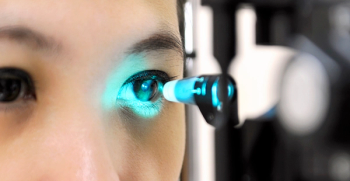
The findings have potential clinical and public health implications and highlight the greater role of metabolic health status than obesity in IOP elevation, according to the authors.

The findings have potential clinical and public health implications and highlight the greater role of metabolic health status than obesity in IOP elevation, according to the authors.


Look for fluctuating vision, test objectively and keep a few effective tools at your disposal to treat OSD.

Session moderators, speakers and audience members all will examine and analyse the most relevant and controversial issues within the field of ophthalmology.

Lorem ipsum dolor sit amet, consectetur adipiscing elit.
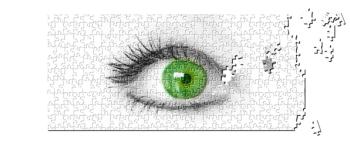
The procedure can provide prolonged IOP lowering in primary open-angle glaucoma with an excellent safety profile.
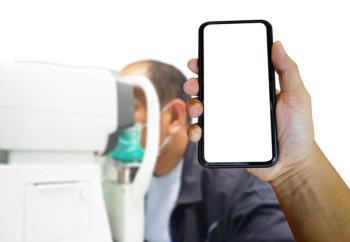
Automated AI tool offers offline capability and hope for patients.

EMBL-EBI researchers use UK Biobank data to uncover new information about rare diseases of the eye.

As the company marks its 40-year anniversary, the new rebranding will become official on March 10, 2023, and will be followed by the introduction of new products.

A look at what’s in the therapeutic delivery pipeline for these disorders.

Under the terms of the agreement, Grifols to have worldwide exclusive commercial rights to Selagine’s treatment upon regulatory authorization, expected in early 2029.
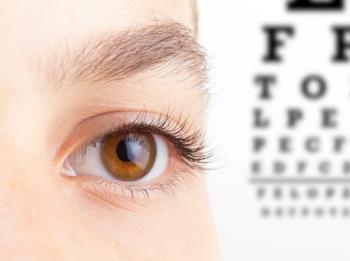
The child's changes in vision began at school and worsened over the next day to the point where he could see only outlines and shapes of objects.
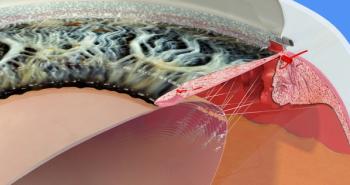
Examining the anatomy and physiology may prevent ineffective stent implantation.
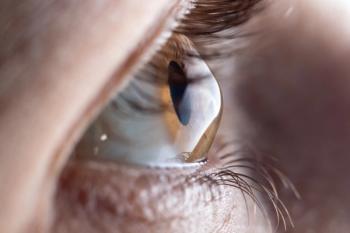
Stromal regeneration seems possible in patients with keratoconus.
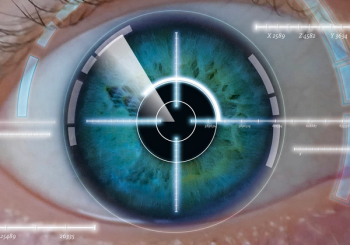
The technology will be available soon for ophthalmologists in select countries across Asia Pacific and Europe.

The Keralink Trial was the first randomized clinical trial that tested the hypothesis that corneal cross-linking (CXL) might decrease keratoconus progression in children compared with the use of spectacles or contact lenses.
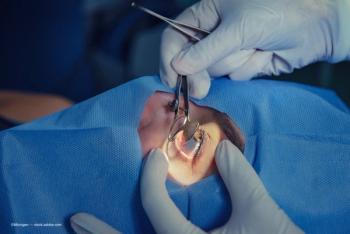
Yusuke Oshima, MD, PhD, in a presentation at the 38th Asia-Pacific Academy of Ophthalmology Congress, Kuala Lumpur, Malaysia, discussed the advantages of using a beveled-tip ultra-speed probe for complete vitreous shaving during retinal detachment vitrectomies.

In a presentation at the Asia-Pacific Academy of Ophthalmology Congress in Kuala Lumpur, Malaysia, Kyoko Ohno-Matsui, MD, PhD, noted that changes of scleral curvature and staphyloma edge development may occur in synchronicity.


This marks the first, in-person APAO congress since the COVID-19 pandemic

Further research is needed before dietary nitrate intake can be recommended as a therapy for age-related macular degeneration, according to the study authors.

Apellis has received FDA approval for intravitreal pegcetacoplan (SYFOVRE) to treat geographic atrophy secondary to AMD. This news follows the submission of the 24-month phase 3 data in November 2022.
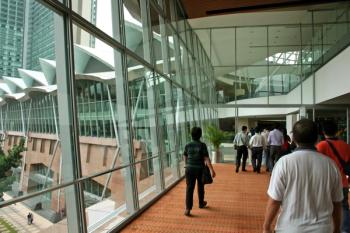
This marks the first, in-person APAO congress since the COVID-19 pandemic

The family-friendly conference, being held at the El Conquistador Resort in Puerto Rico, will promote women in the field, according to founder and program director Bonnie An Henderson, MD.

In a presentation at the 2023 Angiogenesis, Exudation, and Degeneration program, Usha Chakravarthy, PhD, FRCOphth, CBE, presented data from the trial of lampalizumab, which is peeling back some of the mystery shrouding geographic atrophy.

In a presentation at Bascom Palmer’s 2023 Angiogenesis, Exudation, and Degeneration conference in Miami, Pedro Lylyk, MD, said ophthalmic artery angioplasty could prove to be a treatment option for patients diagnosed with age-related macular degeneration.

A study conducted by Gemmy Cheung, MBBS, FRCOphth and colleagues shows geographic atrophy (GA) lesion phenotypes, associated features, and growth rates differ between Asians and non-Asians.

Prof Anat Loewenstein, Chair, Department of Ophthalmology, Tel Aviv Medical Center (Israel), comments on the significance of the US FDA approval of aflibercept for preterm infants with retinopathy.

Mild cases of retinopathy of prematurity may improve without treatment, but some cases require treatment to keep ROP from causing significant visual impairment and even blindness.

An interdisciplinary team at Duke University has developed a proof-of-concept machine learning model capable of detecting symptomatic Alzheimer disease using multimodal retinal imaging data.